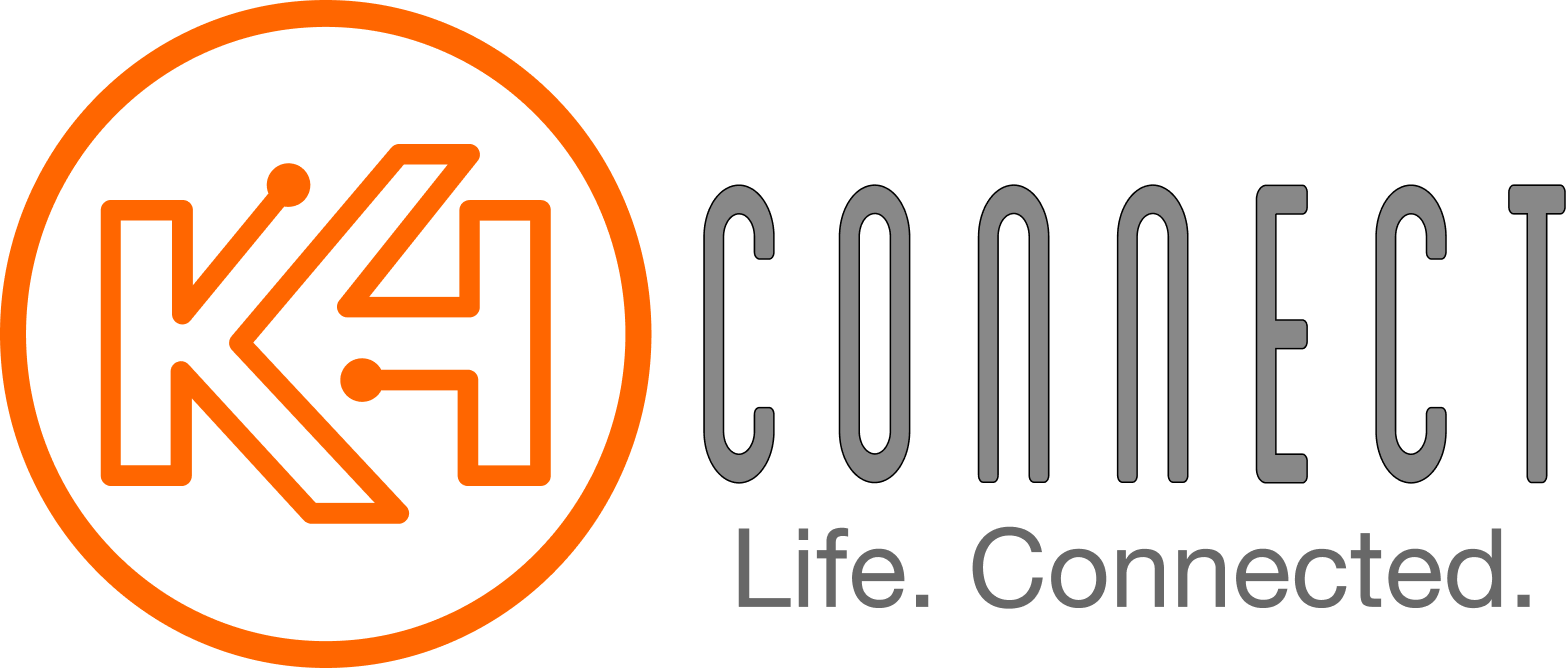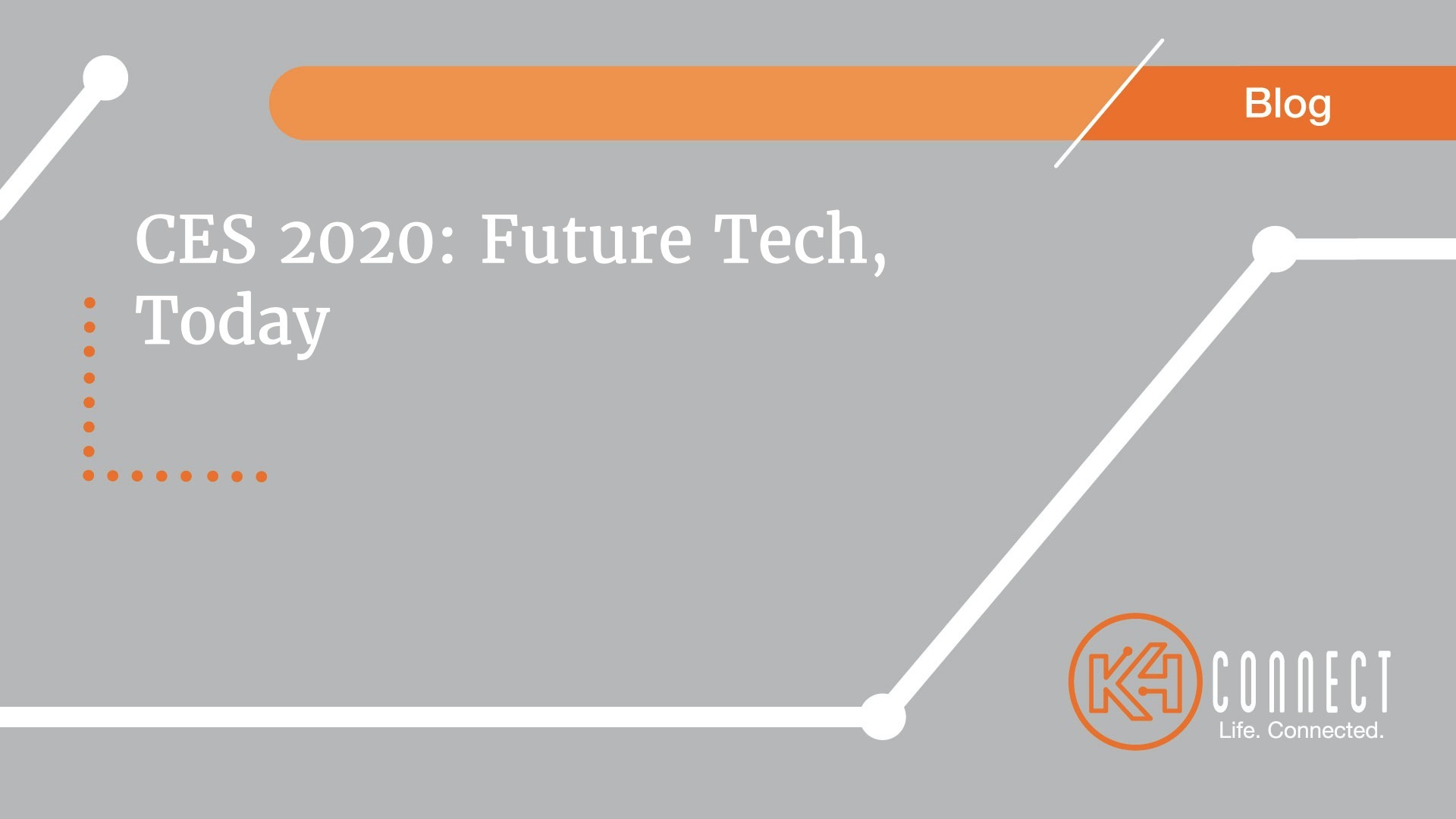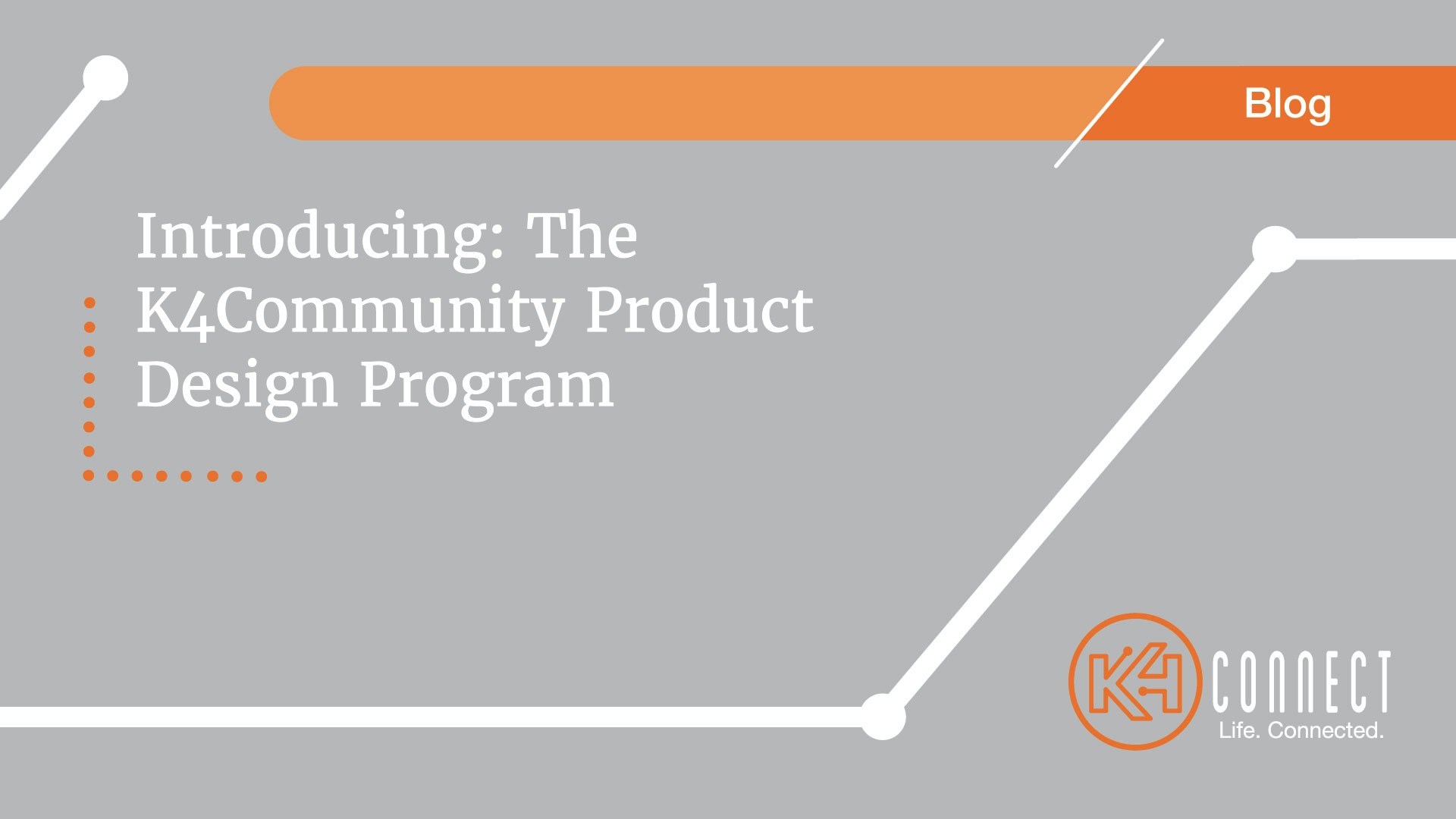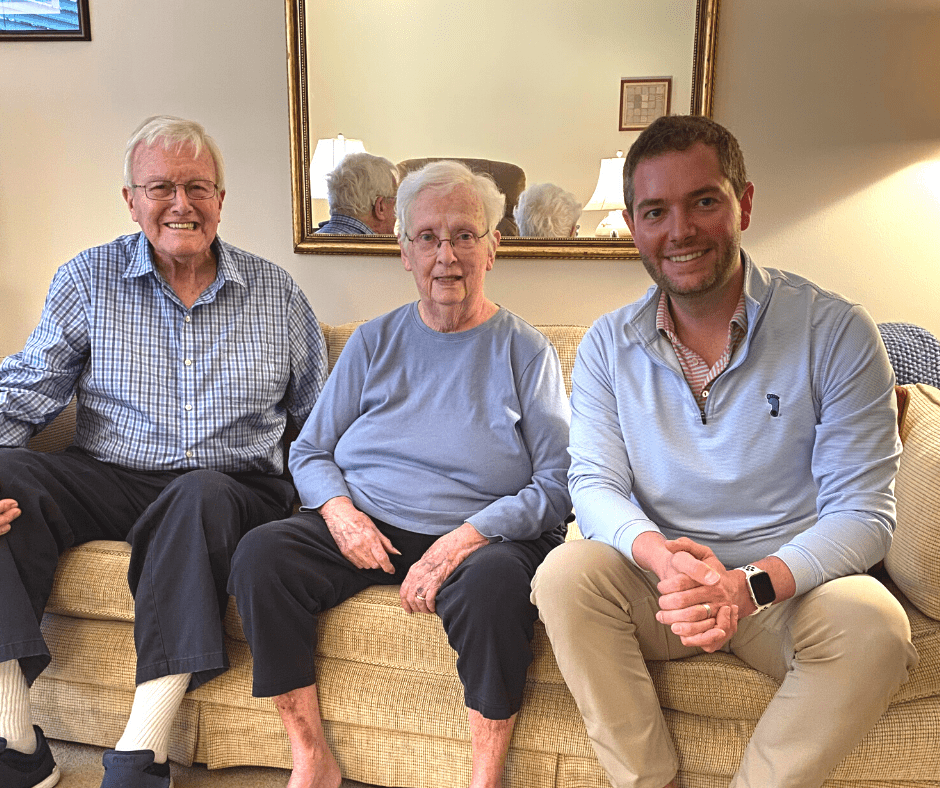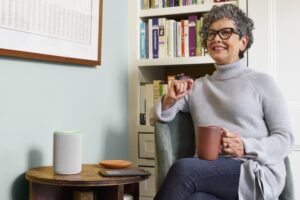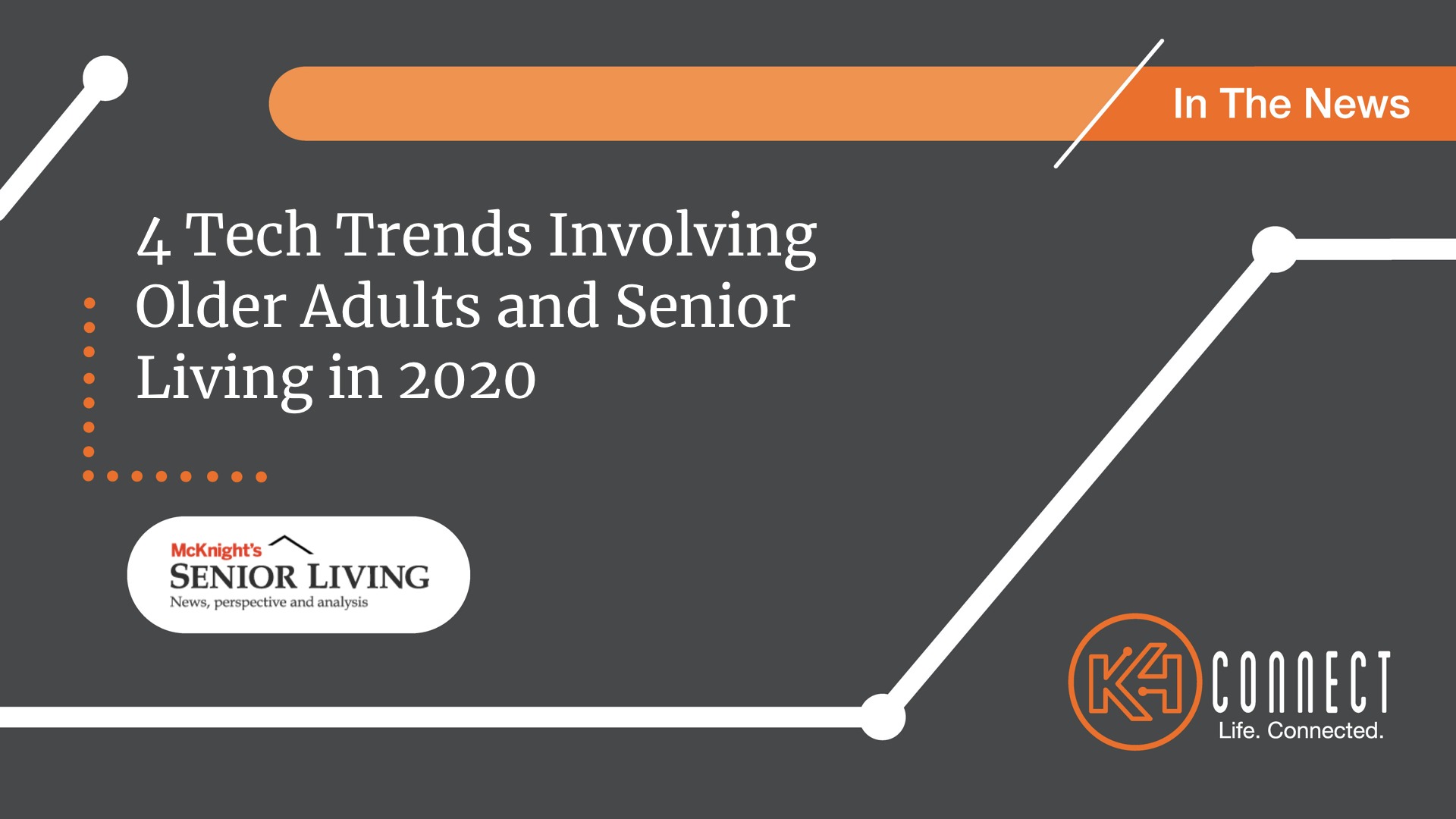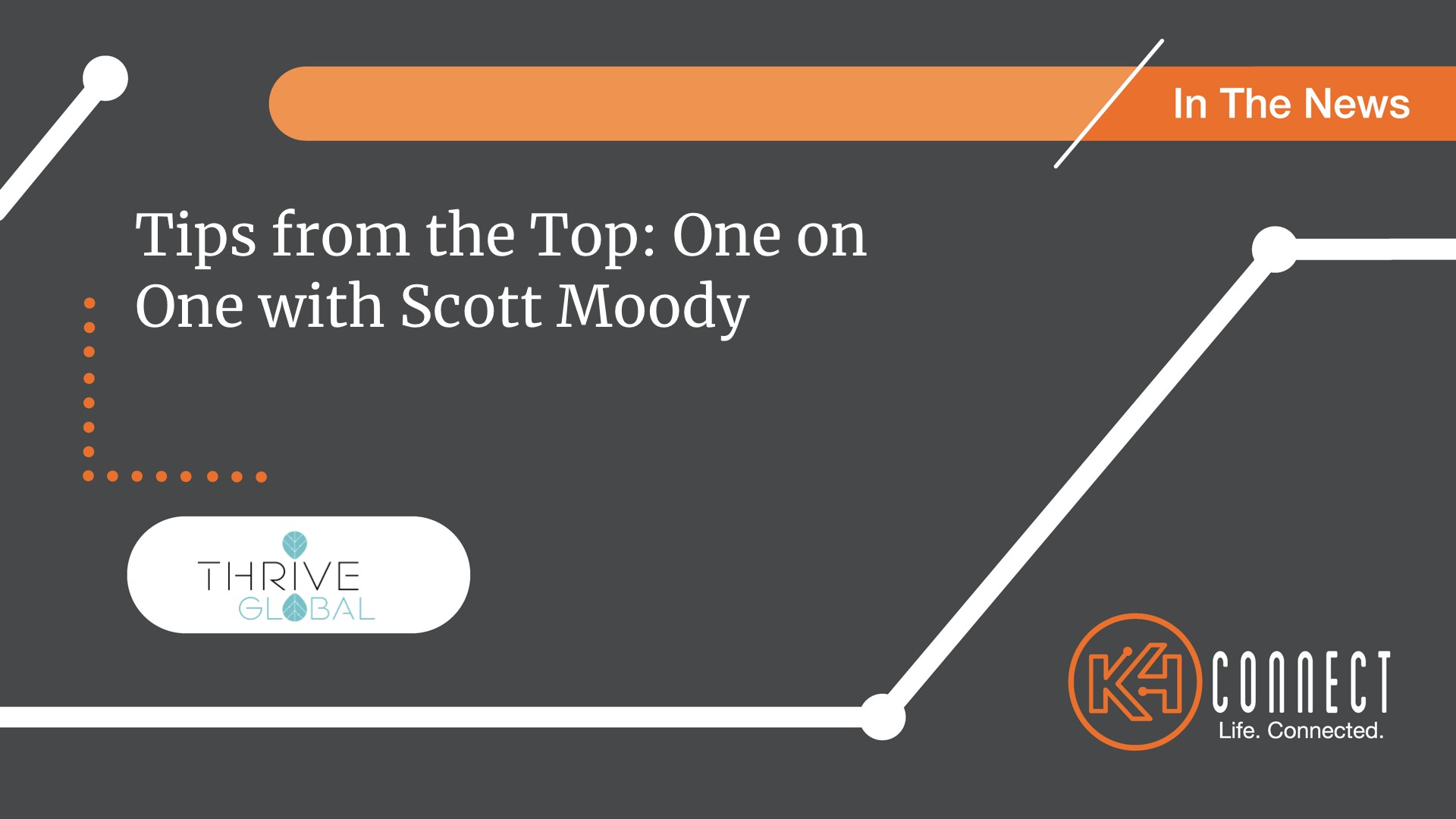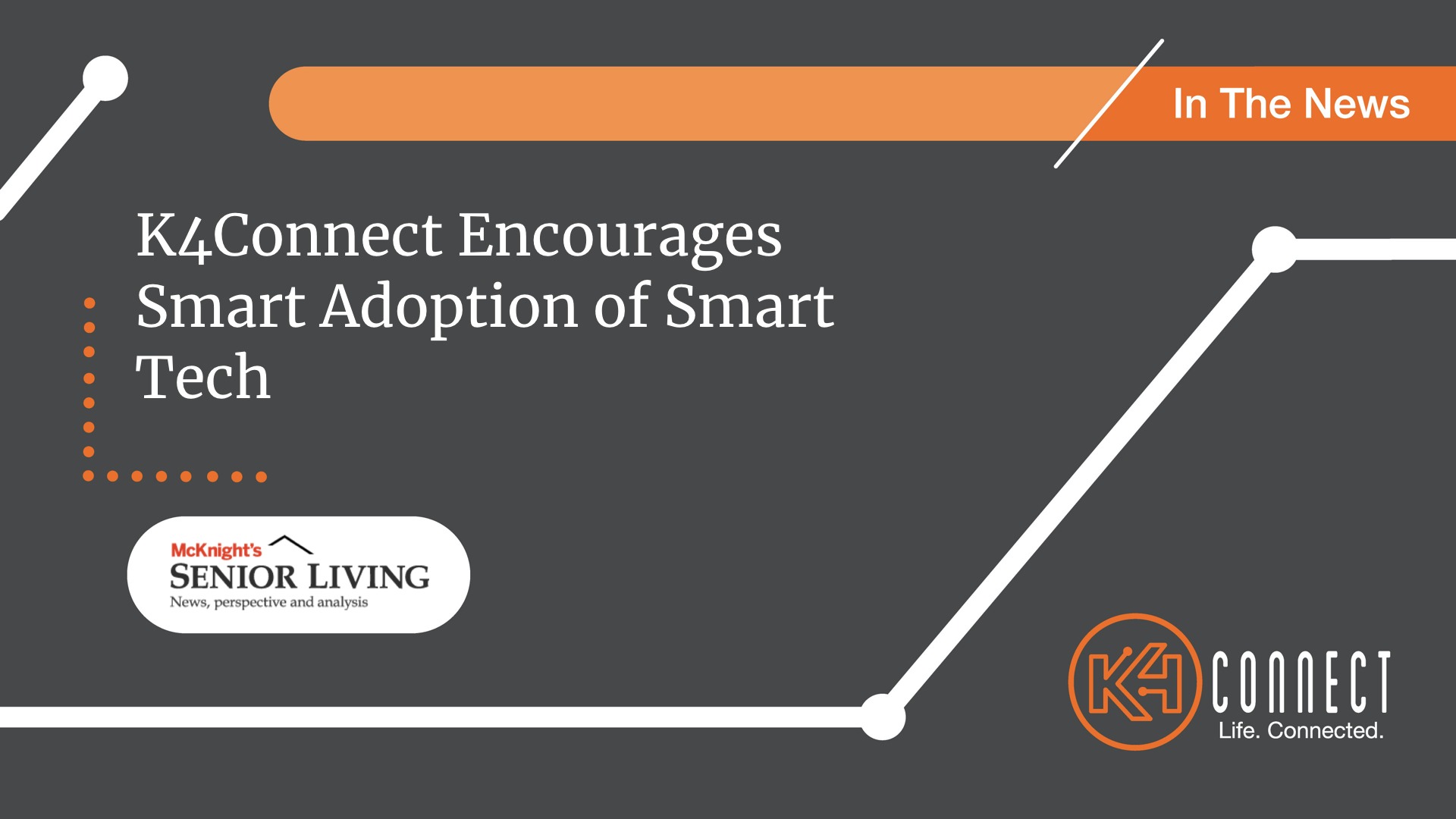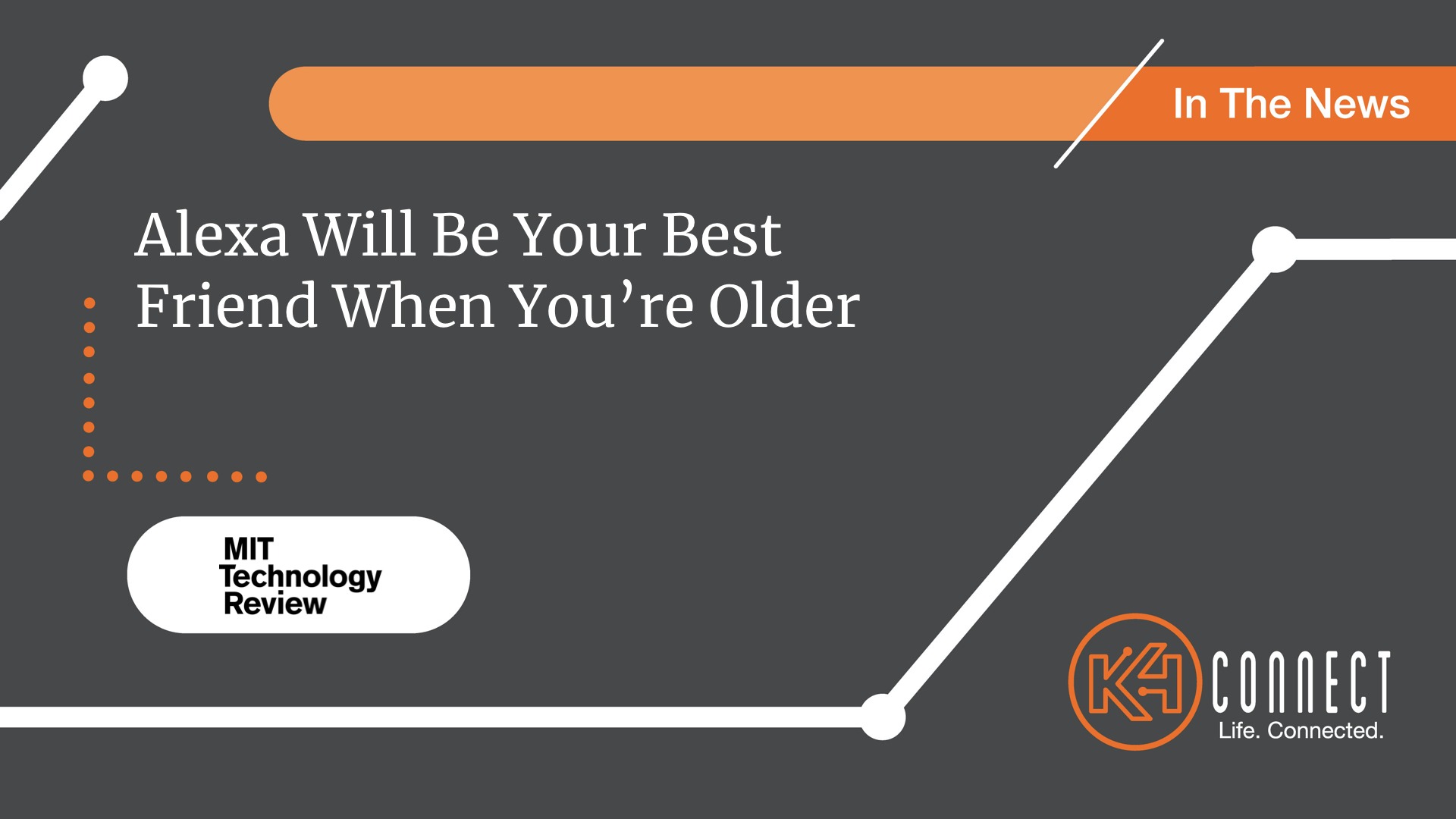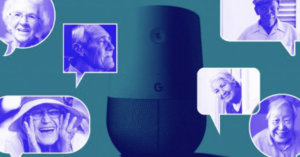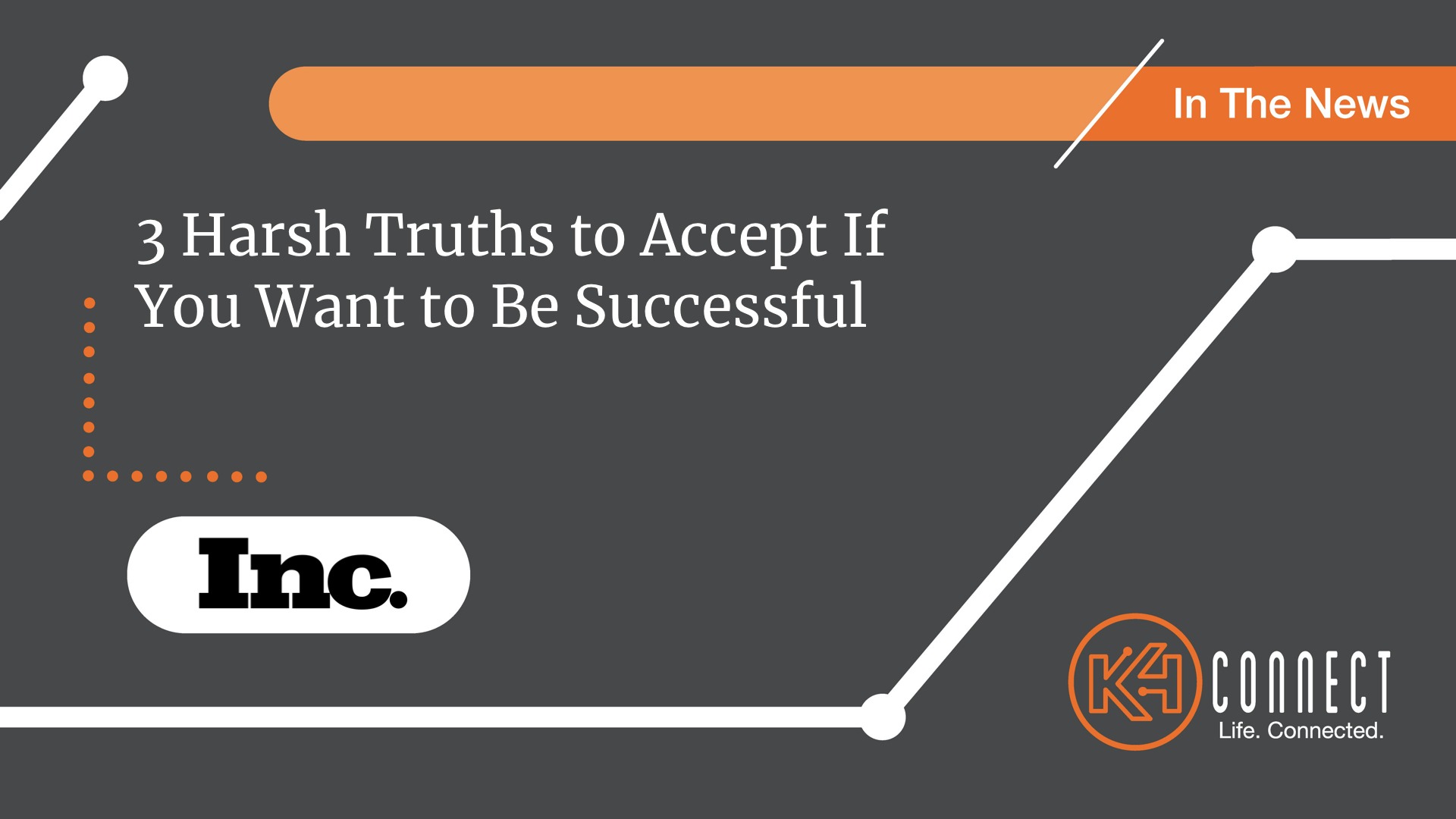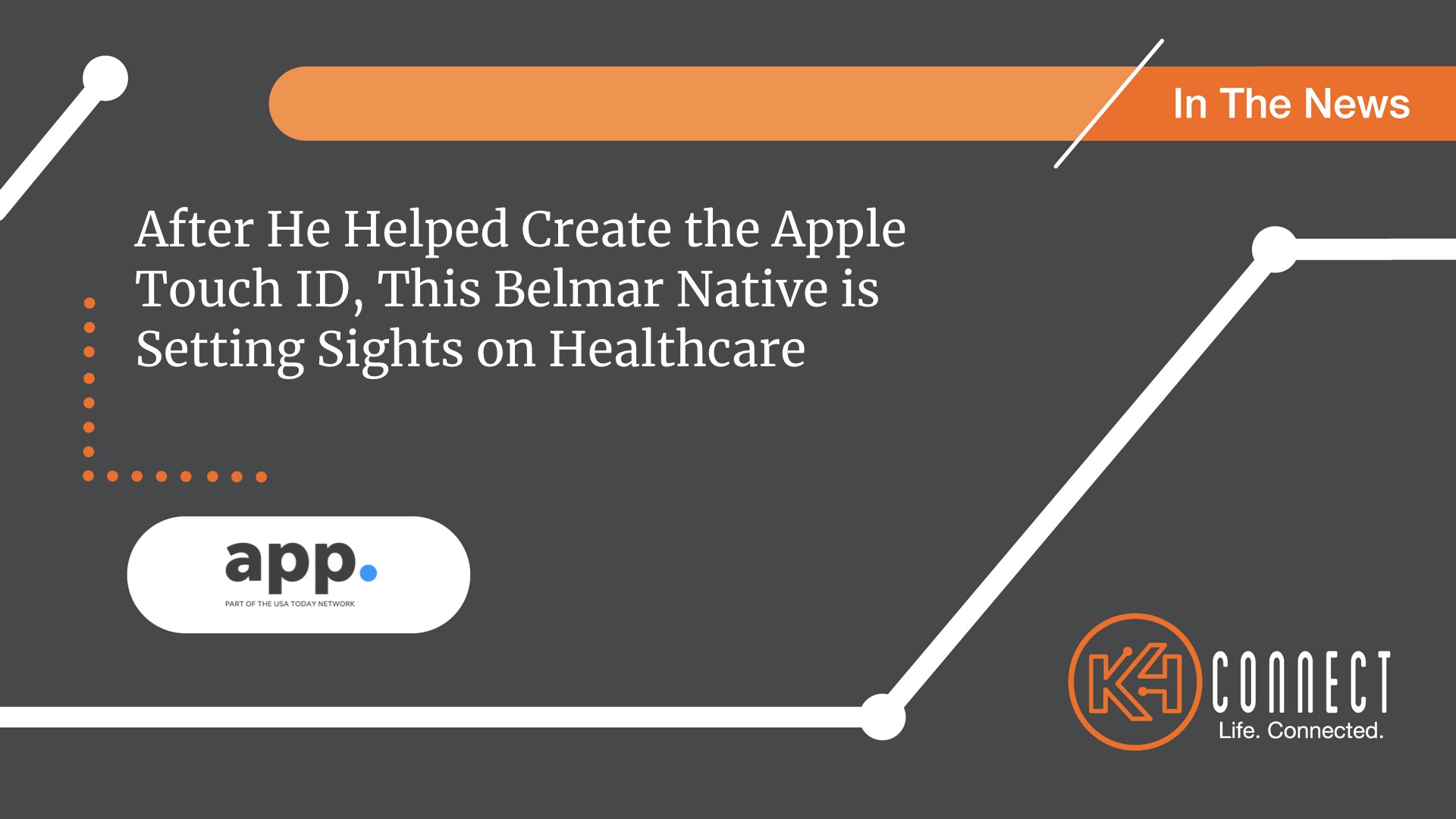Our Co-Founder and VP of Advanced Technologies, Jonathan Gould, headed to CES in January for the latest in consumer technologies.
By: Jonathan Gould
Co-Founder and VP of Advanced Technologies at K4Connect
Lots of tech that is now real…
Overall, CES 2020 felt like one of those years where things we saw in the last two years actually became real. Technology like OLED displays, Artificial Intelligence, and many new Smart Device categories over the last years felt a little undeveloped and futuristic (and generally overpriced if you could even buy them).
This year, those things were ready for primetime and at a much more affordable price. Huge vivid television displays were found in every booth. 3D printing machines were quickly generating intricate models on machines that fit on a desk. VR/AR glasses immerse you into different worlds, letting you ride dinosaurs or climb the pyramids.
But don’t worry, there’s still plenty of dreamers out there. Uber promises soon to give you rides in a self-flying car.
And some things just disappeared…
Looking back at prior years, some ideas haven’t made it. The once-popular idea of a tablet that folds into a phone hasn’t really happened. New ways of devices talking to each other, like Thread and Bluetooth 5 Mesh, haven’t gained much traction. While there are a few hold-outs, most appliance manufacturers have given up on the idea of connected appliances with big touch screens on the door.
Instead, many of these grand ideas have turned into more subtle, and arguably more useful, technology. While you may not stand in front of your fridge ordering online grocery delivery on the door, it still may be connected to the internet, but to communicate with the service department when there’s a problem, or remind you to change the water filter. Many device manufacturers have spent the year improving existing IoT protocols, like Z-Wave, not replacing them with something new.
Artificial Intelligence is everywhere, especially in health!
From your shoes to your hat, and every piece of clothing in between Artificial Intelligence promises to help you walk more, stand up straight, drink more water, eat healthier, and sleep well. The sensors are getting smaller, the batteries are lasting longer, and the intelligence that interprets all that data is getting smarter.
While many of these devices are standalone and require their own app, there’s a promising future of bringing them all together to give you the information you want to know, and the help you need to live a healthier lifestyle. Just like smart home devices, there are a few standards emerging that will allow these devices to communicate up to a single place.
Things that talk to each other, don’t always talk well…
While some IoT standards have fallen by the wayside, there still are too many devices out there that can’t communicate with each other because they speak different languages. As more and more manufacturers work to make their devices “smart”, they often come up with their own ways to communicate with the device. Unfortunately, that makes it difficult to connect them to other devices that could make them smarter.
That’s why you need an ecosystem like K4Connect’s FusionOS. Our platform allows all of these disparate devices to work as a single cohesive system. We don’t make our own devices, we do the hard work to connect other companies’ products into one system. This gives the user access to all the smart devices in their home, and all the advantages they can provide, through a single app, voice, or even automated scenes to make their home truly responsive.
